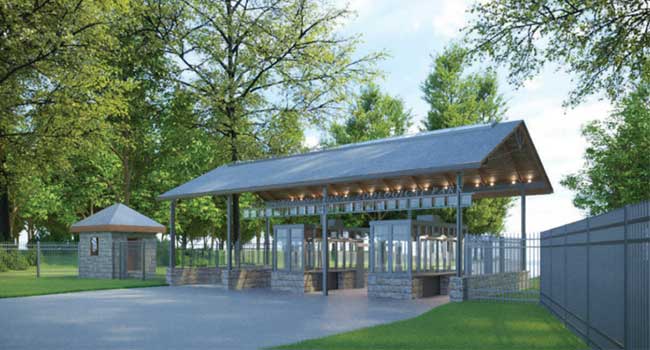
Smithsonian to Add Permanent Security Checkpoints at National Zoo
The National Zoo is the only Smithsonian public venue without security screening.
- By Sydny Shepard
- Jul 09, 2018
The Smithsonian Institution has proposed adding fencing and security checkpoints to the National Zoo to create a more secure atmosphere for visitors.
The Smithsonian's proposal to the National Capital Planning Commission is for supplemental fencing, to close gaps in existing fencing and reduce the number of pedestrian entrances from 13 to three. A fourth entrance will be added later at the soon-to-be-constructed $50 million main zoo parking garage.
The 4,347 linear feet of fencing, designed to "reduce the possibility of vehicular ramming at vulnerable areas," is just the beginning of the Smithsonian's plans to boost security at the zoo. Soon, visitors will have to be screened at designated pavilions instead of flowing freely into the zoo.
"These security checkpoints would consist of permanent pavilions, each with several controlled guard posts, security screening magnetometers and areas for bag searches comparable to the security provided at Smithsonian museums on the National Mall," a submission for security said.
The National Zoo welcomes as many as 25,000 visitors daily during its busiest months. It's the only Smithsonian public venue without security screening, though some temporary screening checkpoints are put in place during high-volume times or events.
According to the Smithsonian, the three proposed checkpoints (Phase 2) will be submitted to the NCPC upon completion of the fencing infill project (Phase 1).
Phase 3, likely to occur in 2020, will feature the Mid-Zoo checkpoint adjacent to the new garage and Phase 4 will involve fencing chances associated with zoo exhibit expansion into the park's parking lots, which will no longer be needed thanks to the new parking garage.
About the Author
Sydny Shepard is the Executive Editor of Campus Security & Life Safety.